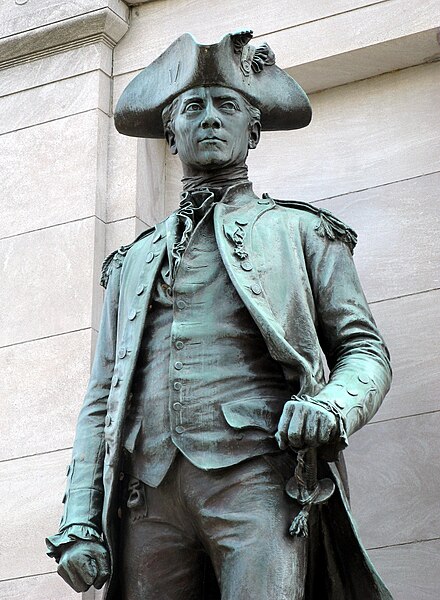The Crazy Snake Rebellion, also known as the Smoked Meat Rebellion or Crazy Snake's War, was an incident in 1909 that at times was viewed as a war between the Creek people and American settlers. It should not be confused with an earlier, bloodless, conflict in 1901 involving much of the same people. The conflict consisted of only two minor skirmishes, and the first was actually a struggle between a group of marginalized African Americans and a posse formed to punish the alleged robbery of a piece of smoked meat.Seriously? That had to have been a damn fine piece of meat in order to instigate an armed conflict. What was it, Holy Bacon? Also, "Smoked Meat Rebellion" is one of the best names for a conflict since the War of Jenkin's Ear in 1739.
Tuesday, November 15, 2011
The War Over Stolen Smoked Meat
Ladies and gentlemen, The Crazy Snake Rebellion.
Thursday, September 8, 2011
Lee at the Alamo (fiction)
Harry Turtledove, the Stephen King of alternative history fiction, wrote and posted a story on Tor.com yesterday, called Lee at the Alamo, and it's worth the read. The title alone tells the plot: then-Lieutenant Colonel Robert E. Lee is in command of the Department of Texas on the eve of that state's secession from the Union and through circumstances, he and his men wind up taking refuge inside the famed fort and subsequently fighting defending against a siege by Texas irregular military units. Does fate strike twice and doom these defenders just as it doomed the fifteen years earlier? You'll just have to read to find out.
Wednesday, June 15, 2011
Oh Alexander II of Russia...
 |
| Source: Wikipedia |
Monday, June 13, 2011
HMS Dreadnought, the ship that literally changed the game
 |
| Credit: Wikipedia. |
The Flying Squadron of the Spanish-American War
 |
| Credit: Murat Halstead/Wikipedia. |
John Paul Jones and his return home
 |
| Credit: Wikipedia. |
Did I mention that at the time, Jone's ship was sinking? And just to top it off, he won that battle and took the Serapis as his own. After the war, he decided to stay in Europe, first living in Paris, then moving to Russia and taking a job in their navy. He eventually left after political backstabbing a smear campaign directed against him by jealous Russian officers and returned to Paris, where he died on July 18, 1792. He was buried at St. Louis Cemetary, which belonged to the Royal Family of France. Unfortunately, the French Revolution hit not long after, the Revolutionary government that took over sold the land and I guess in the chaos, the everybody forgot "oh hey, there are bodies buried here, somebody might want to note that."
Subscribe to:
Posts (Atom)
